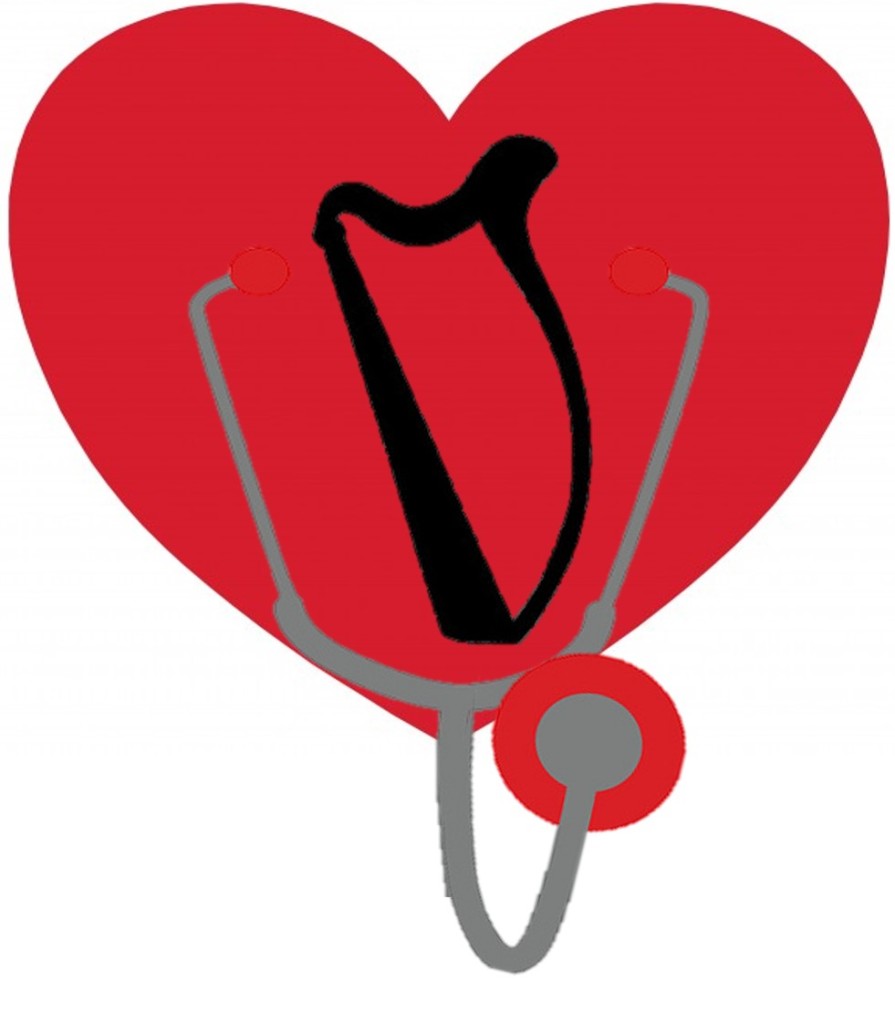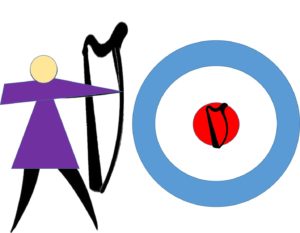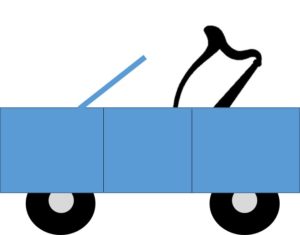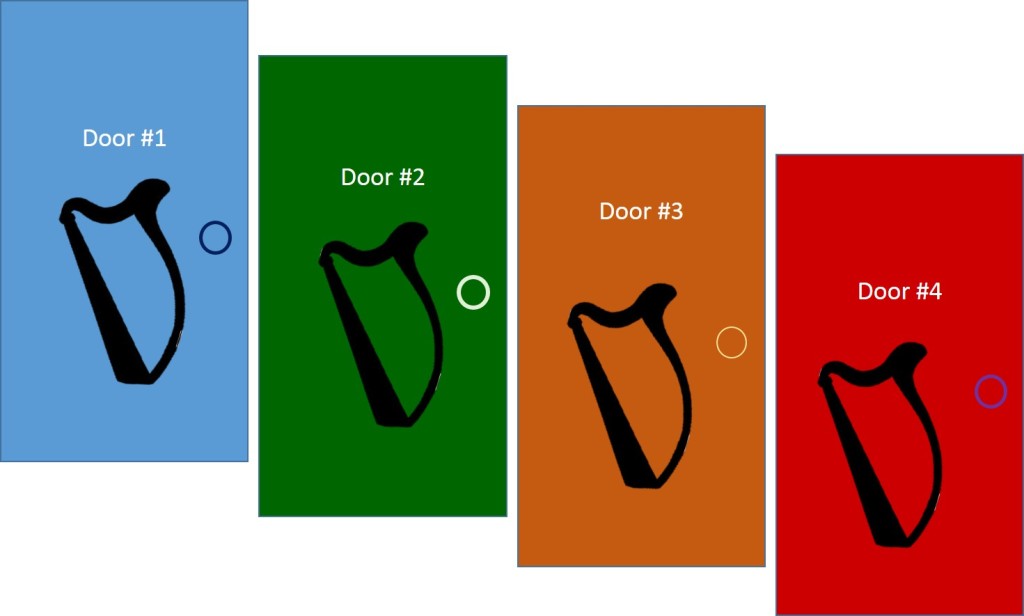I know many of us are having hellacious winters no matter where we live and that makes it difficult to imagine spring or to begin planning our summers. But summer will be here in no time, so now is the time to start planning what lovely harp events you will attend. There are many more than there used to be which is helpful – choice is always comforting. But finding the summer event that is the right fit for you can be daunting. In addition, sometimes you have to read carefully to assure you’re going to the event that will fit your needs and your harp.
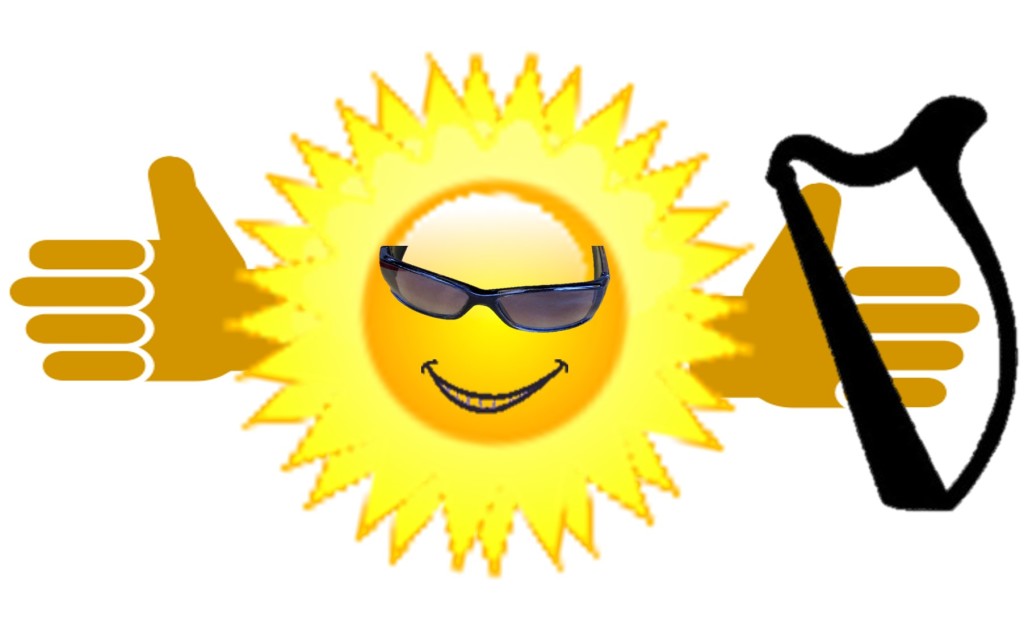 There are loads of summer camps for harp players – typically for those under the age of majority. And while that’s great and I applaud the ongoing education of our youth – many of us are both harp players and well above the age of majority. Also, many events cater to pedal harpers – again, I applaud their ongoing edification but typically lever harpers may not be comfortable at these events.
There are loads of summer camps for harp players – typically for those under the age of majority. And while that’s great and I applaud the ongoing education of our youth – many of us are both harp players and well above the age of majority. Also, many events cater to pedal harpers – again, I applaud their ongoing edification but typically lever harpers may not be comfortable at these events.
It’s comforting to be stretched at an opportunity that fits your goals, level of play and interests. These events do exist and many are likely close to you (or at least near enough to make the trek!). I will spend the next few weeks highlighting the events I find especially useful, fun, educational, entertaining, and worth the time and money to attend. I clearly benefit from sharing the events with which I am associated but the others are just good in my opinion, pure and simple – no cross marketing, not compensation, no bennies, just my thinking on events I attend or have not yet gotten to but reliable sources have confirmed are a great time.
If you have a favorite, let me know – ‘cause you know I’m going to tell you mine!
